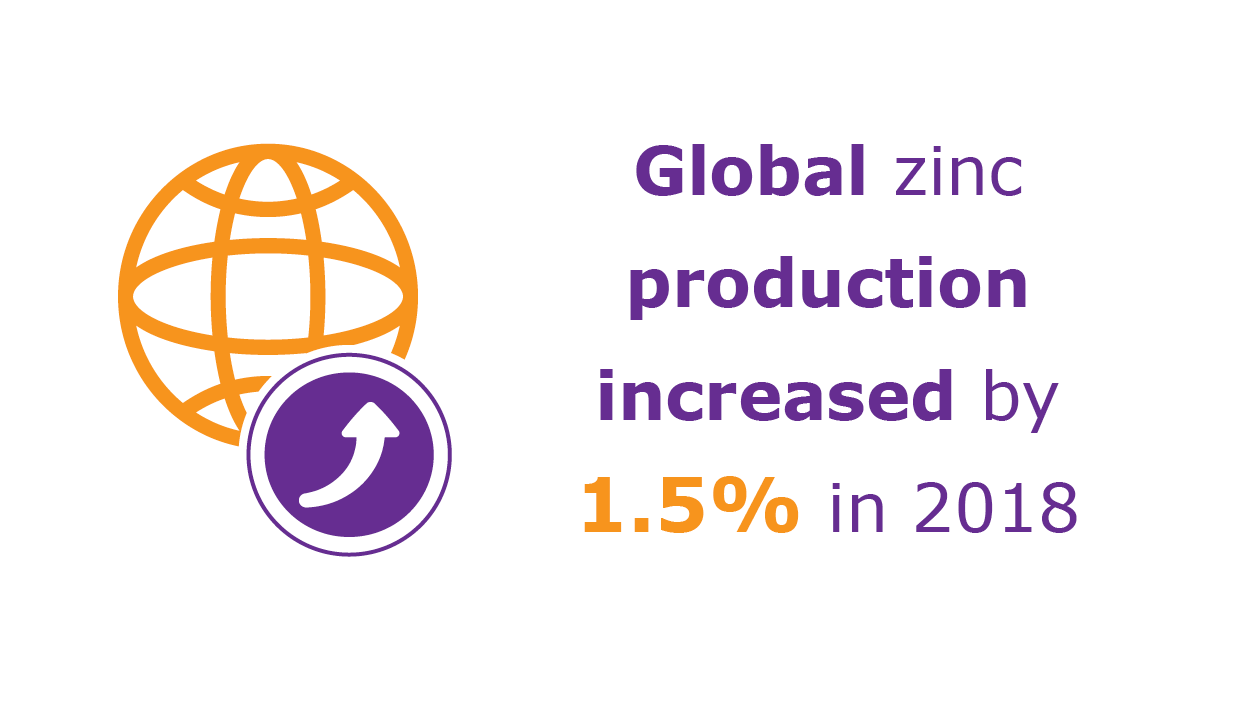In February 2014, Africa’s oldest mining jurisdiction, South Africa, dropped out of the Fraser Institute’s top 10 mining investment destinations on the continent for the first time. This is no reflection on South Africa’s mineral potential – it has been driven mostly by the declining certainty of the South African mining industry’s regulatory framework.
The Fraser Institute, a Canadian think tank based in Vancouver, produces an annual ranking of the investment attractiveness of mining jurisdictions. According to that publication, South Africa is now the 64th most-attractive of the 122 mining investment destinations it surveys. The best in Africa is Namibia, ranked 25 and up from a ranking of 69 (out of 93) in 2011/12. Namibia is followed by Botswana (26), Zambia (37) Morocco (40) and Ghana (47).
Two of Africa’s biggest economies are among the worst in the rankings. Nigeria comes in at 114 and Kenya at 120 – ahead of only Hungary (121) and Malaysia (122). But Kenya is busy with new mining legislation that will almost certainly see it improve. South Africa, on the other hand, has steadily slipped downward, from 52nd (out of 93) in 2011/12 to its present position – and out of Africa’s top 10.
The Fraser Institute’s index is not without its critics. It is an opinion survey, not an index of hard indicators. It asks mining companies around the world for responses to 15 ‘policy factors’ that affect investment decisions. These include questions pertaining to the fairness of legal processes, the corporate tax regime, access to transport infrastructure and electricity, restrictions on profit repatriation, existing trade barriers and political stability.
The critical point about regulations is that they are created by government, which means they can be abolished or amended by political leadership
Critics point out that answers are subjective and, to a degree, driven by events of the moment. More serious perhaps is that the index’s claim to representivity is undermined by the fact that only one-in-five of the companies that receive the Fraser Institute’s questionnaire actually respond.
That said, this is a problem with many exercises of the sort and the Fraser Institute’s work taps into a far bigger poll than that of well-known indices such as the WEF’s Competitiveness Survey. However, as economist Gavin Keeton of Rhodes University points out, ‘this [limitation] doesn’t mean these surveys are worthless. In fact they are broadly indicative of the way investors see the world’.
In many ways this makes exercises of this ilk better than a more objective version would be – they provide a more accurate reflection of the thinking of those who control investment capital. What is most significant for any country is the direction of play. South Africa’s slide downward is both ominous and confirms criticisms emerging from its domestic mining industry.
In a November 2015 presentation, Roger Baxter, CEO of the South African Chamber of Mines, listed the challenges to the country’s mining industry. As might be expected, the stagnation or decline of mineral prices was at the centre of his analysis. However, among the six factors that he clustered around that critical development, regulations featured at least twice.
Baxter referred to the policy and regulatory uncertainty the industry faces as well as the ‘inappropriate application of regulatory tools’. Furthermore, problems with the regulatory regime are also implicitly problematic in two of the other six factors he listed – electricity supply and labour-market instability.
Policy and regulatory uncertainty in South Africa revolves primarily around two matters. First, there is the status of national mining legislation in the form of amendments to the Minerals and Petroleum Resources Development Act (MPRDA). The legislation was passed in 2014 after more than a year of engagement between the ministry and the industry. The MPRDA required only the written assent of President Jacob Zuma before implementation.
This never happened as the then newly appointed minister, Ngoako Ramatlhodi, was concerned that it would fail to pass constitutional muster and asked the President to hold off.
Ramatlhodi was replaced in September last year – by a hardly-heard-of regional politician, Mosebenzi Zwane. The new minister has little experience in the mining industry and his views on legislation were unknown and – to this day – have yet to be fully formulated.
The problem for the industry is not so much the content of any future legislation as the revelation of a huge gap in government’s understanding of its need for regulatory certainty and consistency. Andries Rossouw, assurance partner at PwC, sums up the clash of perceptions: ‘Industry says there is regulatory uncertainty; government says there isn’t.’
Second, the industry faces what is the most chilling uncertainty any mining house can be confronted with – fears about the security of ownership status. This revolves around the implementation of the BEE clause, originally the industry’s own programme intended to put one quarter of the industry in the hands of indigenous black business people over the course of the decade to December 2014.
Government has become increasingly involved in the process. Rossouw says that ‘the bigger listed companies have really gone out and tried to comply with the charter. They believe they have succeeded. But government’s March 2015 report says the opposite’.
A new framework is expected to be released by government in 2016. The uncertainty is what the private black-ownership requirements are, in percentage terms, as well as what role the government will play.
Fears around the second point can only have been sharpened by Zwane’s first significant statement in his new position, when he spoke mostly about the need for a greater role in mining in South Africa, for ‘women, youth and co-operatives’. At the February 2015 Mining Indaba, Justin Froneman (then of Credit Suisse), noted that ‘BEE is the big question. Mining companies need to know what their ownership structures have to look like’.
The heyday of regulatory reform in Africa arguably occurred in the first decade of the new millennium. Driven by the World Bank’s Doing Business index, first published in 2003, it was based on the idea that over-complex or redundant regulations – which often date back to the colonial era – are the critical hurdles to business activities.
For established companies and would-be investors, the problem is the compliance cost of regulation. It’s not the straightforward monetary cost of a business permit, for example, but rather the costs involved in meeting the regulatory requirements to obtain one.
For indigenous small business, this is often an insurmountable hurdle, dooming the enterprise to a perpetual existence in the informal sector. This is the primary reason investment in mining fails to spread the benefit more widely in society, and why mineral-based economies in Africa are so often referred to as ‘enclave economies’.
They are divided into a modern sector, on the one hand, dominated by foreign mining companies and their government partners, and on the other, a much poorer and less efficient ‘second economy’.
The critical point about regulations is that they are created by government, which means they can be abolished or amended by political leadership. Unlike what economists call ‘exogenous’ (or external) factors – with the global market price of commodities being the most important example – the quality of regulations can, in part, be determined by government.
The Doing Business index measures hard indicators – US dollars or days – because, as the World Bank puts it, ‘what can be measured can be reformed’.
Although regulatory reform does not feature much in the continent-wide development agenda of the AU, it has become entrenched in a number of national jurisdictions. The World Bank noted, in 2015, that Rwanda had reformed sufficiently to become a more attractive investment destination – in terms of quality of regulation – than Italy.
Rwanda is a small player in African mining, but with mineral commodity export earnings of US$225 million in 2013, it has been praised by international management consultants KPMG for its potential as a ‘regional investment hub’.
In other words, companies looking at the vast mining potential of the eastern DRC, South Sudan and perhaps even Kenya and Tanzania, should think of using the country as a primary base, rather like the role traditionally played by Johannesburg in South Africa.
What then separates an improving mining jurisdiction – such as Namibia – from one that is declining, as is South Africa’s? It appears to be as simple as government understanding and taking the needs of the industry seriously.
In Namibia – which mines diamonds, zinc and uranium – government has a strong survey and information unit. Its information is made available to the industry at a low cost, enabling emerging junior mining firms to compete with the established industry on a level playing field.
This small yet crucial change is an example of what governments can achieve when the political will is present.
By David Christianson
Image: Gallo/GettyImages






